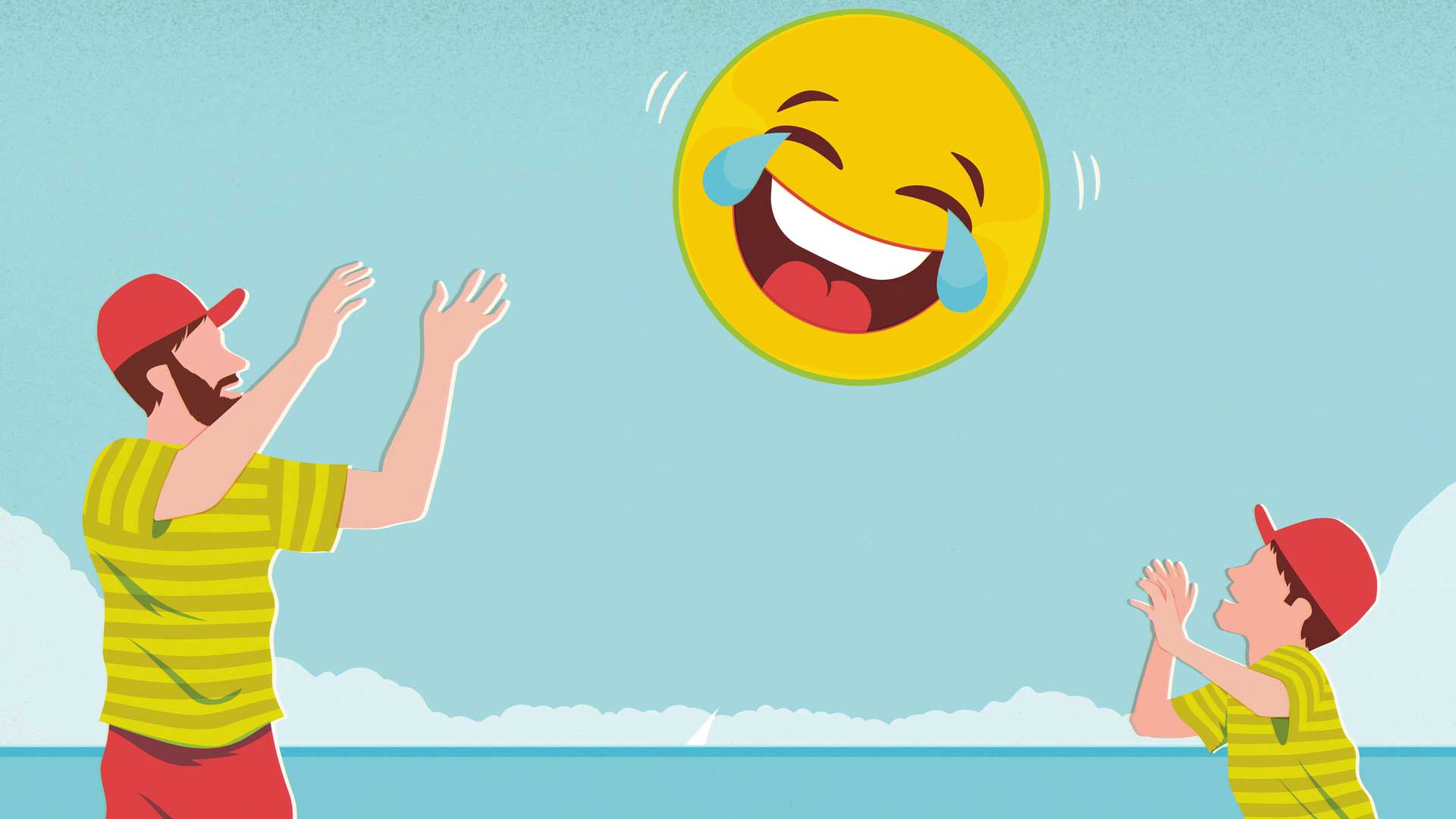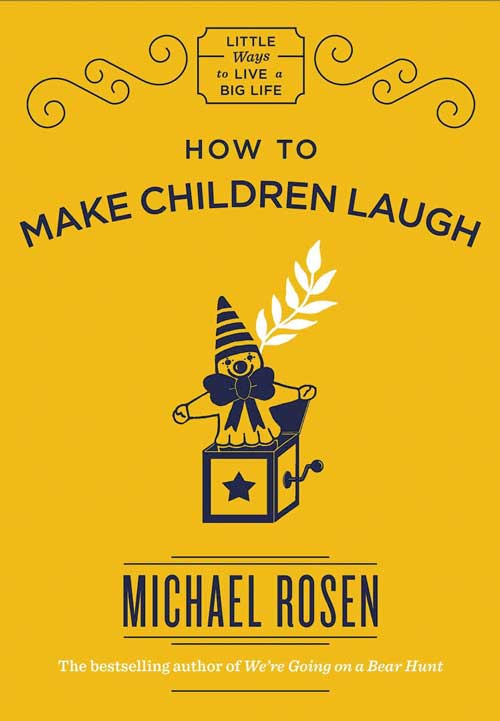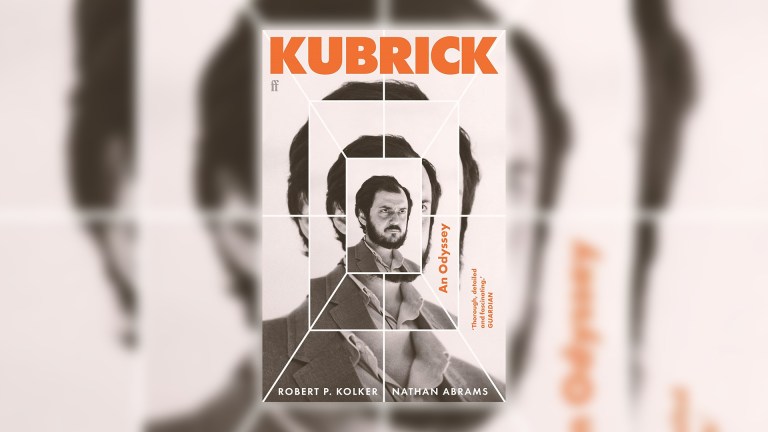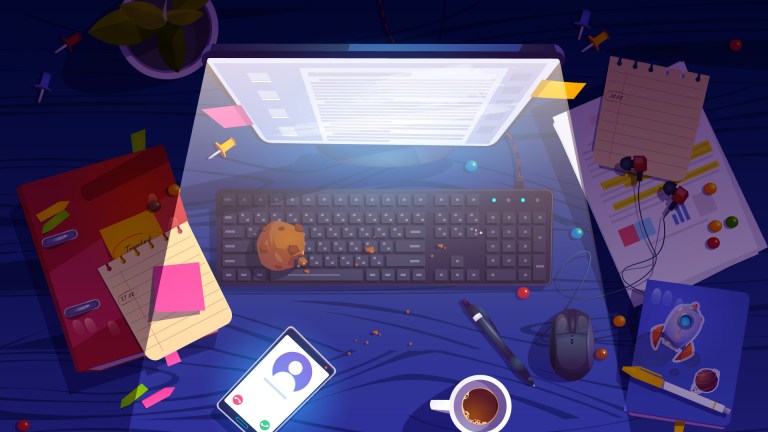If you want to make children laugh, the best place to start is to remember what it was that used to make you explode with laughter when you were little. Think back to those jokes, songs, rhymes, facial
expressions and body moves. What amused you then will inevitably be the kind of humour that you will be most able to perform yourself.
Start with the comedians in films and TV programmes you used to watch that made you laugh. When I was a boy, I loved a character called Mr Pastry. These were slapstick films, with Mr Pastry ending up covered in whatever he was supposed to be working with. The gag was that he would start off with the best of intentions but then would show himself to be useless at it – that’s a situation that many children have experienced, so Mr Pastry relieved me of feeling like a klutz. He was also an adult (of a kind) so it was extra funny because he was a grown-up doing what I, as a child, might have done.
You’ll find that your voice, face and body have remembered the rhythm, timing and tone of those jokes from your childhood. Solemn and laborious though it sounds, it’s worth making lists of these.
Now add to your list real people in your family or at school who amused you. Think of those characters who had distinctive ways of talking. Recall their gestures and facial expressions, even their body shapes. I did this with my dad in particular, who had all sorts of gestures which seem to come from another time. If he was amazed by something, he would stroke his hair back from his forehead, while saying “Extraordinary! Extraordinary!” My brother and I loved imitating him: “Extraordinary!”
Think of things that you and other children did at school that made you all laugh. I was lucky enough to be friends with several kids who could pick a single gesture copied from a teacher or relative and this made the rest of us laugh.
All of this is your core comic material. What you’re doing here is ‘harvesting’ what is already in your head and in your body. It’s what will come most easily to you if you’re performing funny material as a grown-up for children. It’s also helping you remember what is funny to a child, something that becomes harder to grasp as we become adults.











